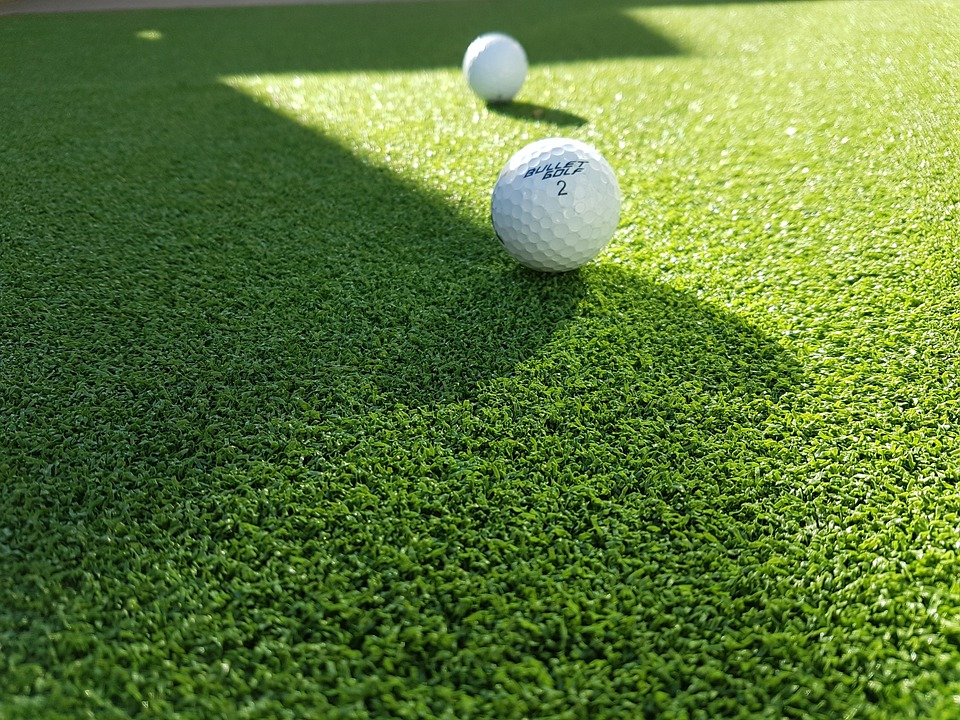
Golfers often take for granted the small dimples on the surface of a golf ball, but these tiny indentations actually play a crucial role in the flight and performance of the ball. The science behind golf ball dimples is fascinating, and researchers have spent countless hours studying the ideal number and pattern of dimples for maximum distance and accuracy.
The History of Golf Ball Dimples
The concept of dimples on golf balls dates back to the late 19th century, when golfers discovered that worn and scuffed balls actually traveled farther than new ones. This led to the realization that the imperfections on the ball’s surface were responsible for the improved performance. In the early 1900s, manufacturers began intentionally adding dimples to golf balls, and the design has been continuously refined ever since.
The Aerodynamics of Dimpled Golf Balls
So, what exactly do these dimples do? The key lies in the aerodynamics of the golf ball. When a golf ball is in flight, it encounters air resistance, or drag, which can slow it down and decrease its distance. However, the dimples on the ball’s surface create a thin layer of turbulent air, known as the boundary layer, which reduces drag and allows the ball to travel farther. This phenomenon is known as the “Magnus effect”, and it is essential for optimizing the performance of the golf ball.
The Ideal Number of Dimples
One of the most intriguing questions in golf ball design is determining the ideal number of dimples for maximum performance. Researchers have conducted numerous studies and simulations to answer this question, and the results have been enlightening. It turns out that there is no one-size-fits-all answer, as the ideal number of dimples can vary depending on factors such as the ball’s size, the speed of the swing, and the desired trajectory.
The Role of Cavity Depth and Pattern
In addition to the number of dimples, the depth and pattern of the dimples also significantly impact the ball’s aerodynamics. Deep dimples create a more turbulent boundary layer, while shallow dimples produce a smoother flow of air. The pattern of the dimples also influences the overall aerodynamic performance, as certain patterns can minimize drag and improve stability.
Conclusion
In conclusion, the science behind golf ball dimples is a complex and fascinating field of study. The aerodynamic principles at play are crucial for maximizing the distance and accuracy of golf shots, and researchers continue to push the boundaries of dimple design to achieve optimal performance. While the ideal number of dimples may vary depending on a variety of factors, it is clear that dimples are an essential aspect of golf ball design and play a critical role in the sport of golf.


 Previous Post
Previous Post Next Post
Next Post